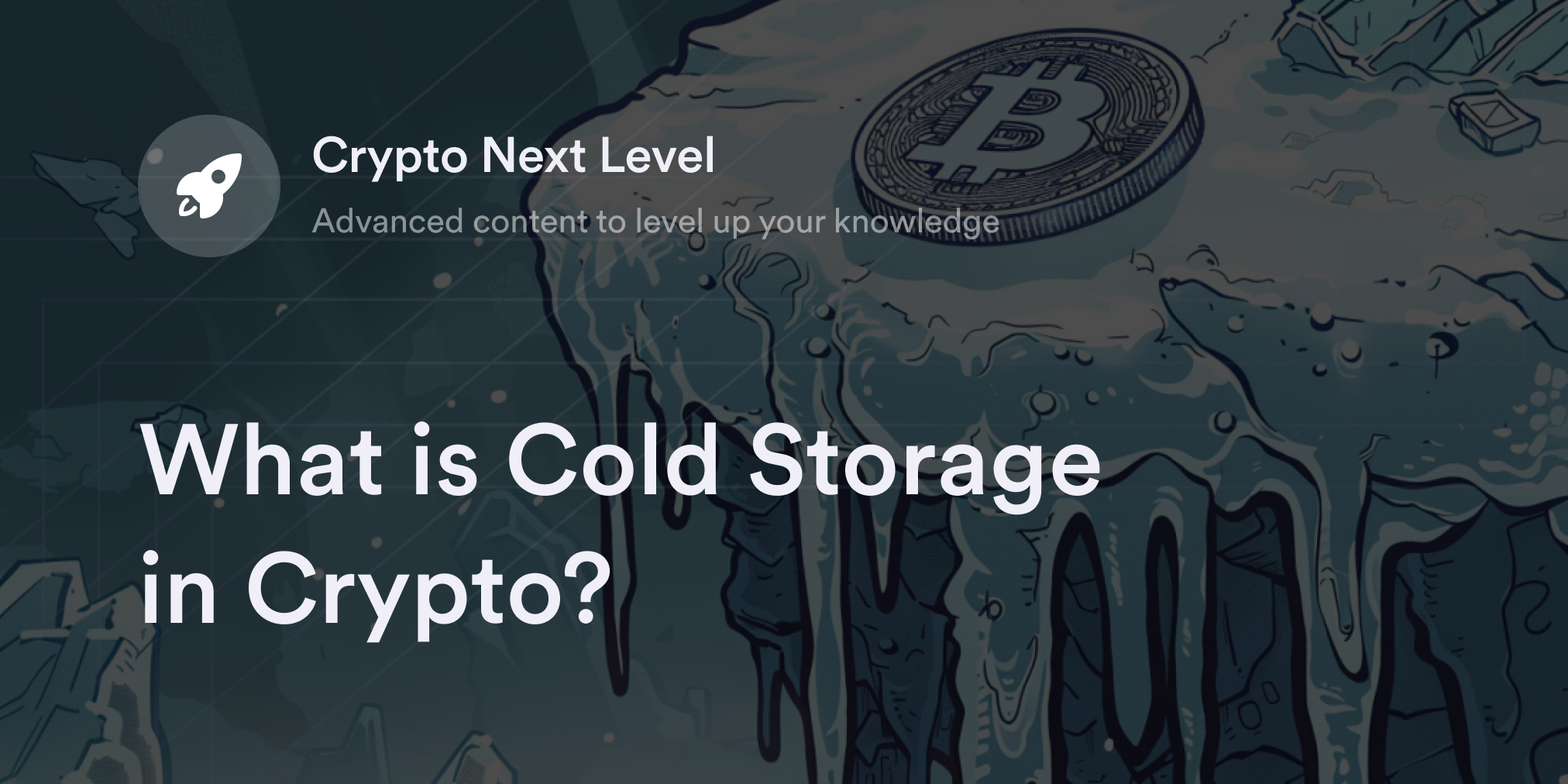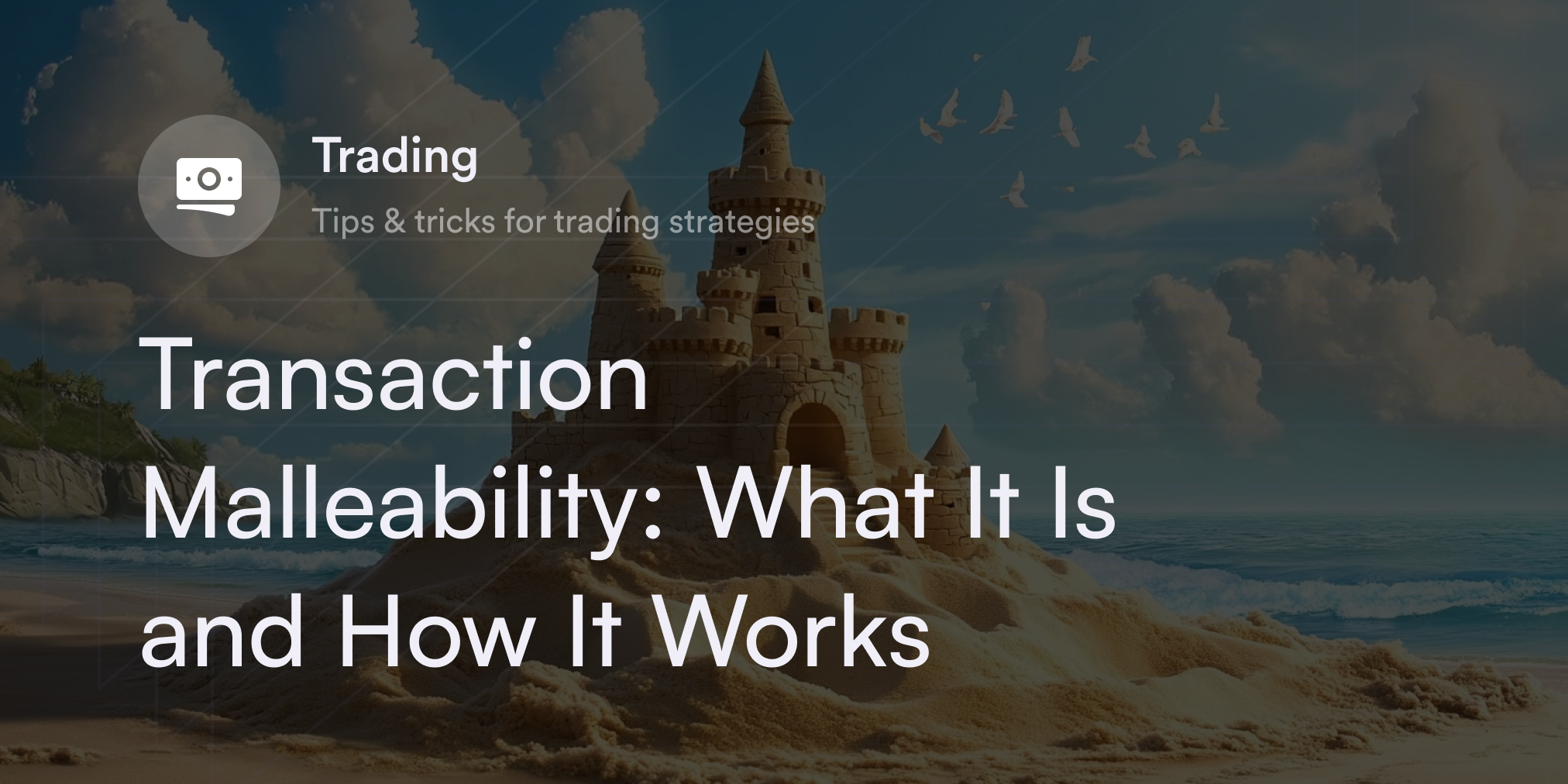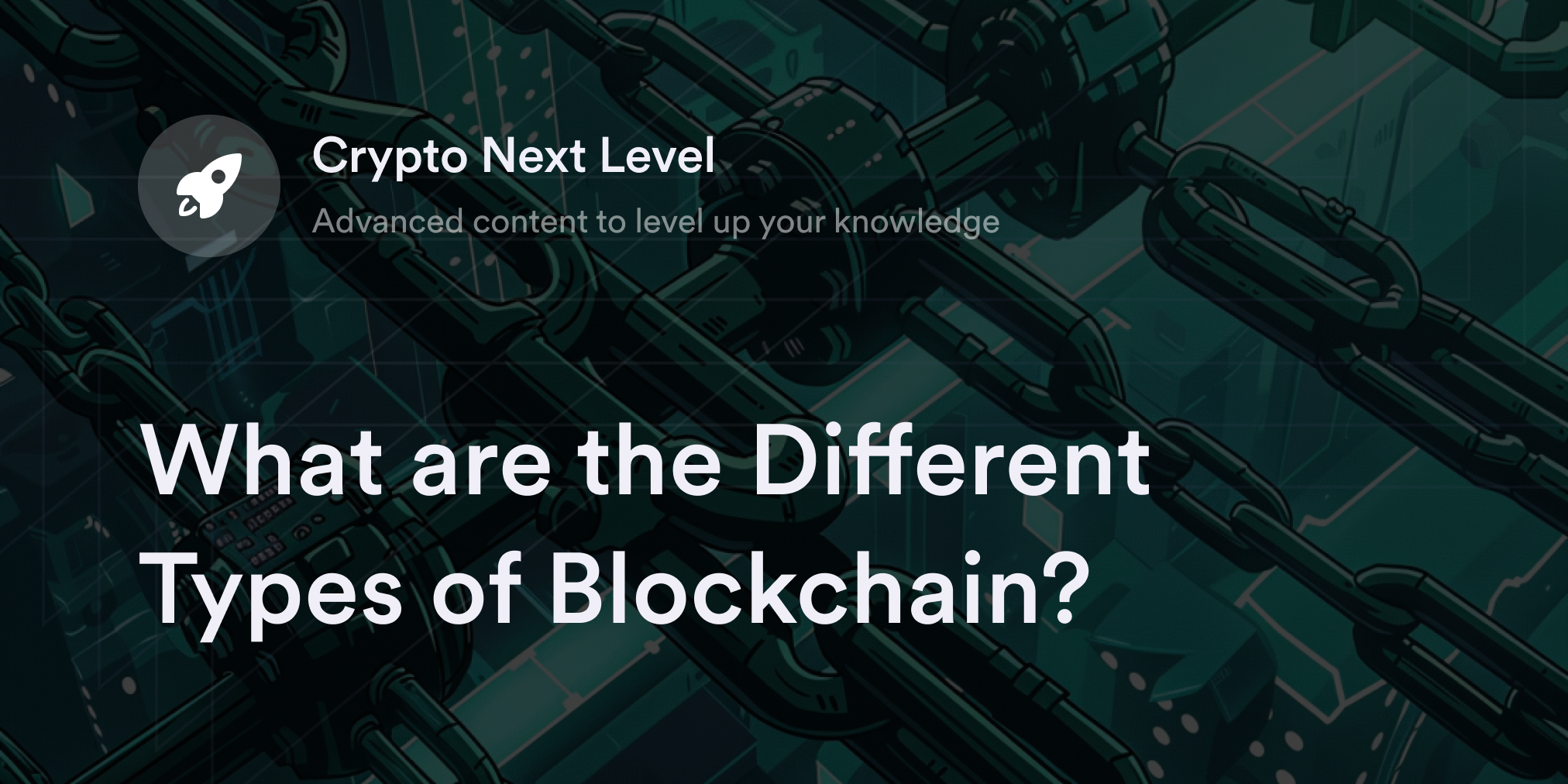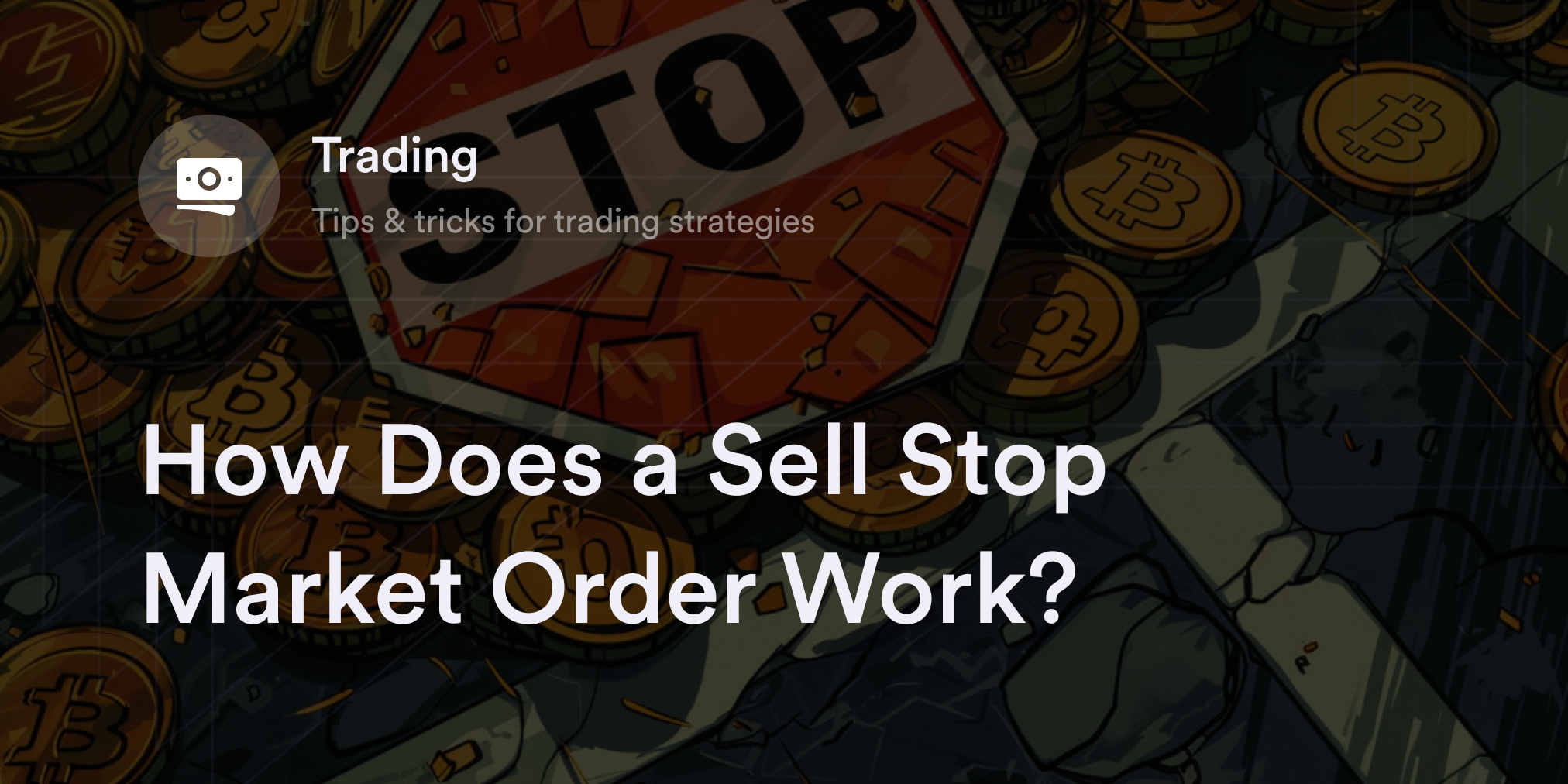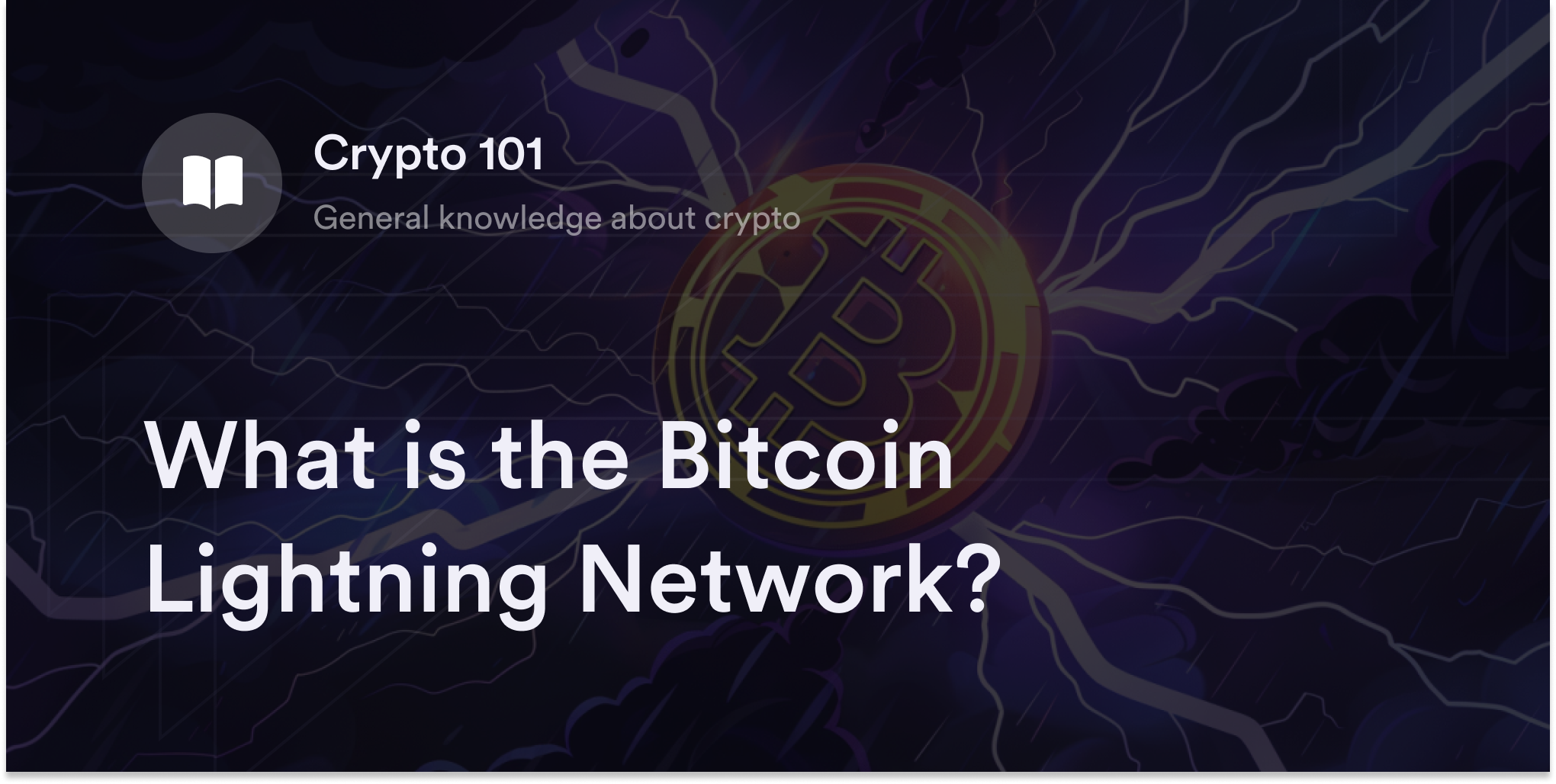
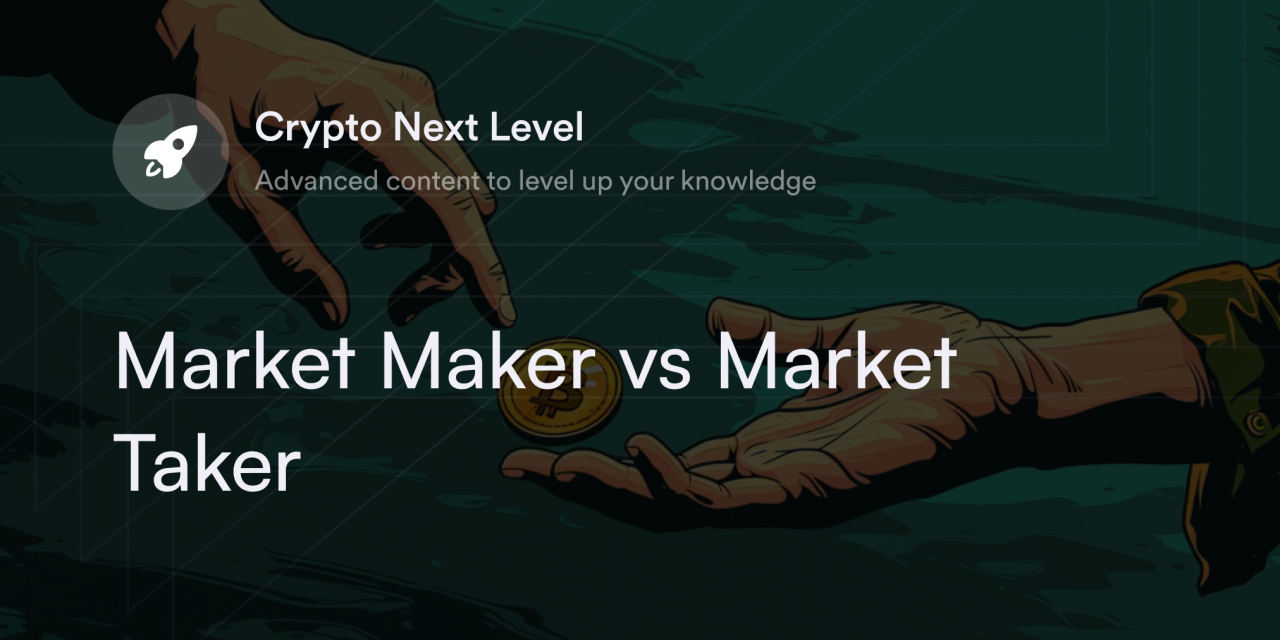

This article was sourced from the dYdX community! Thank you to Gabbie for contributing this content!
Introduction
Any healthy exchange consists of two types of traders: makers and takers. Makers provide liquidity to the market by submitting orders that are not executed after a period of time, i.e. their buy or sell order is different from the current market price. These orders are added to the book to be matched by future orders.
Market makers increase market depth, providing greater liquidity for other traders on the exchange. Takers, on the other hand, place orders immediately bought or filled, consuming the best available price on the orderbook for the given order size. Takers act as liquidity consumers, as their trades are processed against an existing order, reducing market depth.
Makers and Takers: Farmer’s Market Analogy
Imagine that you’re at the farmer’s market. The vendors – market makers in this scenario – have stands stocked with various fruits and vegetables to sell to customers, but they also buy produce from the market goers (customers). Each vendor sets their preferred price. For example, they might sell an apple for $2, and repurchase an apple for $1. In doing so, each vendor provides liquidity to the market and may compete with each other to offer the best prices.
Customers, on the other hand, are not concerned with preferred prices. They are only interested in buying or selling the produce they need. Customers act as market takers in this scenario. For example, a customer might arrive with a bag of apples they want to sell. They will announce to the vendors their desire to sell their bag of apples. Each vendor will announce the price they are willing to pay, and the customer will sell the apples to the vendor offering the highest price.
Another customer arrives at the market, looking to purchase apples. They announce their desire to buy two bags of apples. This time, the customer approaches the vendor with the lowest price and immediately buys the apples.
What happens if the vendor doesn't have enough apples? The customer will buy as many apples as they can from the lowest price vendor first and then buy the remaining apples from the next best vendor price. This will drive the market price of apples up and reduce the number of apples available in the market.
In this scenario, vendors and customers act as both market makers and market takers, providing liquidity to the market by both buying and selling goods. This allows for more flexibility in prices and options for both vendors and customers.
Market makers are crucial for a thriving market. If there were only 1-2 vendors and each had a hundred fruits, but a thousand people attended the market, there wouldn’t be enough items for sale to meet customer demand. In addition, if there were only one vendor, there would be only one fixed price, meaning customers would not have the option to choose the best sell price due to lack of competition and illiquidity.
Similarly, in an exchange, there needs to be enough liquidity to fill buy and sell orders. Without the liquidity provided by market makers, there would not be enough orders in the market to match taker orders on demand.
To summarize our farmer's market analogy: vendors provide liquidity to the market by bringing produce and agreeing to buy produce from customers. On the other hand, customers purchase and sell produce at a vendor’s set price, removing liquidity from the market and affecting the prices of goods.
Market Makers and Takers on an Exchange
In an exchange like dYdX, the farmer's market analogy above is replaced by an order book and a matching engine system. The system automatically matches makers and takers to execute their orders, updating prices to reflect the latest executions.
Maker orders are visible in the order book, and takers can trade against these resting orders, to reduce liquidity from the market and move the price.
Exchanges usually incentivize market makers to provide liquidity, enhancing the user experience and resulting in more competitive market prices. The greater the liquidity available, the narrower the bid-ask spread, which is the difference between the bid price (the price a maker is willing to buy at) and the ask price (the price a maker is willing to sell at). Narrow bid-ask spreads indicate that the market is efficiently priced, providing traders with favorable entry and exit prices, and improving the health of the exchange.
What are Maker and Taker Fees?
Exchanges typically charge fees for executed orders, which are split between maker and taker orders. Taker orders, which are immediately executed, incur a small transaction fee. In contrast, maker orders, which remain on the order book, are subject to lower percentage fees, also known as maker fees, once the order is matched.
Fee rates for maker and taker orders may vary based on the monthly trading volume and eligibility for fee discounts. For example, dYdX offers trading fee discounts to active participants, such as $DYDX token holders and dYdX Hedgie NFT holders.
The $DYDX token serves as a governance token for the dYdX community, enabling traders, institutional partners, and other stakeholders to collaborate in governing the protocol. The trading fee discount offered to a user depends on their balance of $DYDX . Additionally, owning a Hedgie NFT automatically qualifies for a higher discount fee tier.
Summary
Market makers add market depth and liquidity by placing orders that remain on the order book. On the other hand, market takers reduce depth and liquidity by executing trades against these orders.
Exchanges that employ the maker-taker model incentivize market makers with lower fees, and market takers, as liquidity extractors, pay higher fees.
Disclaimer
The content of this article (the “Article”) is provided for general informational purposes only. Reference to any specific strategy, technique, product, service, or entity does not constitute an endorsement or recommendation by dYdX Trading Inc., or any affiliate, agent, or representative thereof (“dYdX”). Use of strategies, techniques, products or services referenced in this Article may involve material risks, including the risk of financial losses arising from the volatility, operational loss, or nonconsensual liquidation of digital assets. The content of this Article does not constitute, and should not be considered, construed, or relied upon as, financial advice, legal advice, tax advice, investment advice, or advice of any other nature; and the content of this Article is not an offer, solicitation or call to action to make any investment, or purchase any crypto asset, of any kind. dYdX makes no representation, assurance or guarantee as to the accuracy, completeness, timeliness, suitability, or validity of any information in this Article or any third-party website that may be linked to it. You are solely responsible for conducting independent research, performing due diligence, and/or seeking advice from a professional advisor prior to taking any financial, tax, legal, or investment action.
You may only use the dYdX Services in compliance with the dYdX Terms of Use available here, including the geographic restrictions therein.
Any applicable sponsorship in connection with this Article will be disclosed, and any reference to a sponsor in this Article is for disclosure purposes, or informational in nature, and in any event is not a call to action to make an investment, acquire a service or product, or purchase crypto assets. This Article does not offer the purchase or sale of any financial instruments or related services.
By accessing this Article and taking any action in connection with the information contained in this Article, you agree that dYdX is not responsible, directly or indirectly, for any errors, omissions, or delays related to this Article, or any damage, injury, or loss incurred in connection with use of or reliance on the content of this Article, including any specific strategy, technique, product, service, or entity that may be referenced in the Article.
This Article uses or incorporates content created by the author indicated herein and open-sourced by dYdX Academy under the MIT open-source license. dYdX Academy and the foregoing author are third parties unaffiliated with dYdX that received funding from the dYdX Grants Trust.
